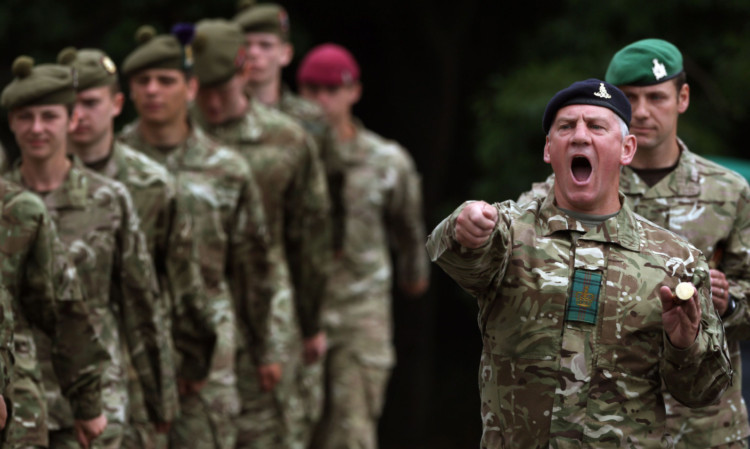The Ministry of Defence has come under pressure to raise the minimum army enlistment age to 18 years old.
All the bishops from the Church in Wales including the Archbishop of Wales Dr Barry Morgan are among a number of co-signatories to an open letter from the campaign group Child Soldiers International calling for an end to recruitment of under-18s to the army.
Other signatories include the Rev Sally Foster-Fulton, convener of the Church and Society Council of the Church of Scotland, and peace groups run by Christians including Baptists, Methodists, Roman Catholics and Quakers.
The MoD enlists soldiers at 16 and deploys from the age of 18, but still refuses to implement a total ban on deployment of under-18s, the letter, addressed to defence minister Mark Francois said.
“We commend the MoD for having ceased routinely deploying children into conflict, but challenge its failure to stop recruiting them,” the letter said.
“Current recruitment policy channels the youngest most disadvantaged recruits into the most dangerous frontline combat roles. Those recruited at 16 have faced double the risk of fatality of adult recruits throughout the conflict in Afghanistan.”
Even during the First World War the minimum recruitment age was 18, and only those aged 19 or over were sent overseas to fight, the letter said, although it was known that many younger boys slipped through, the letter added.
Child Soldiers International said its own analysis of MoD figures showed that last year 880 16-year-olds enlisted in the army, 40% fewer than the year before 1,470 and just a quarter of the 3,600 enlisted a decade earlier.
Richard Clarke, director of Child Soldiers International, said: “It’s time for the MoD to recognise what more and more young people and their parents are realising that enlisting at 16 is not in their best interests.
“Army training does not give young people what they need to succeed in today’s economy, especially in terms of qualifications.”
An MoD spokesman said: “This letter unfortunately ignores the benefits and opportunities that a military career offers young people.
“It provides them challenging and constructive education, training and employment, equipping them with valuable and transferable skills for life.
“There are currently no plans to revisit the Government’s recruitment policy for under-18s which is fully compliant with the United Nations Convention on the Rights of the Child.”
